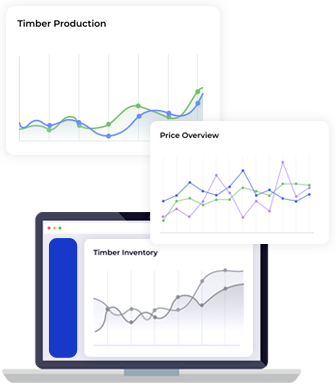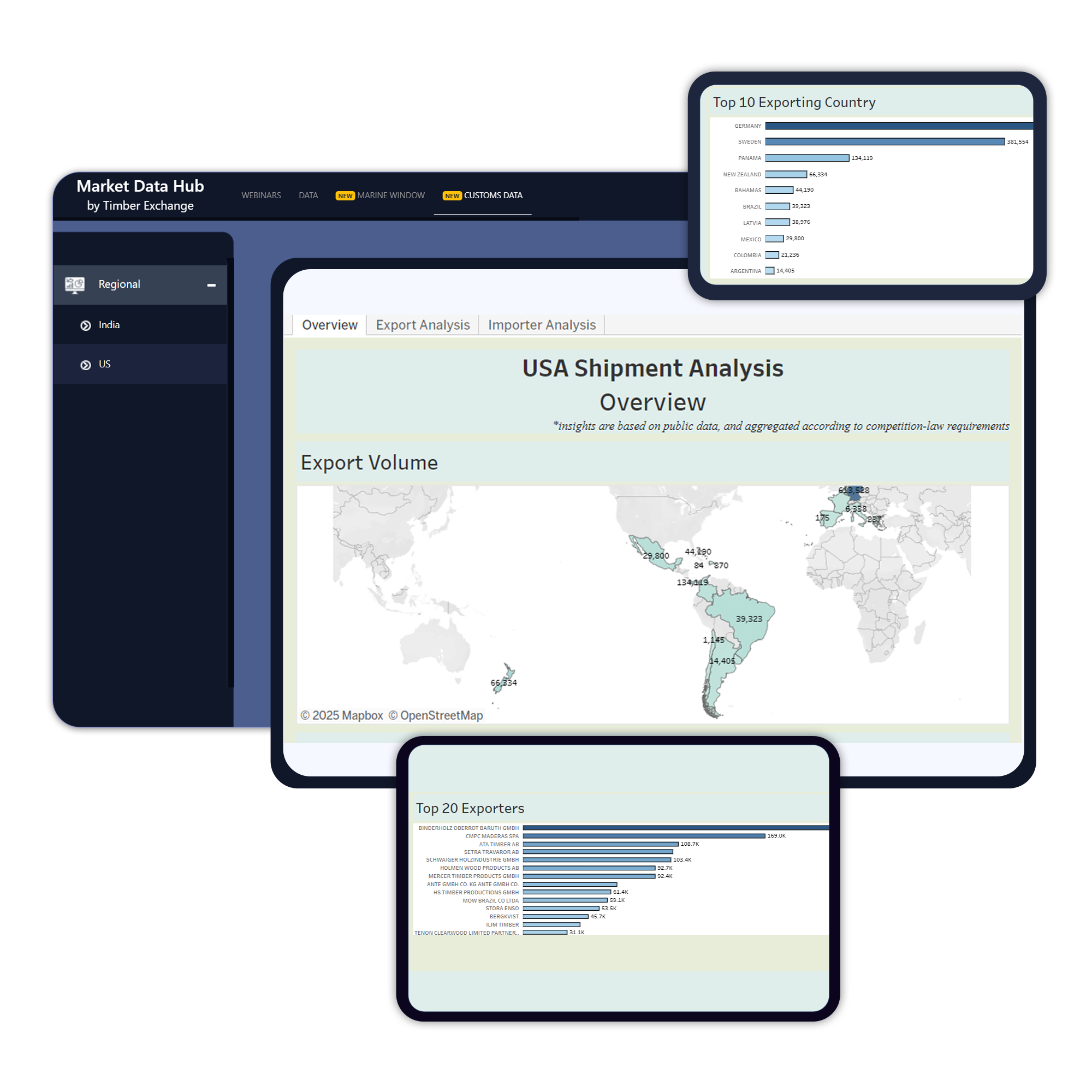ANALYSIS- A PERPLEXING PUZZLE – PROVINCIAL STUMPAGE RATES IN CANADA
Posted on August 31, 2021 |
By Russ Taylor, President, RUSS TAYLOR GLOBAL, Vancouver BC Canada: As a forest industry analyst for over 30 years that has worked within the global industry for over 45 years, it is evident that some elements of public forest management can be quite different to how private forests operate. When it comes to trying to analyze how public timber stumpage prices (or returns to the standing trees for the forest owner) are set by some provinces in Canada for companies holding forest licences, this can be a real puzzle. Three provinces, British Columbia, Alberta and New Brunswick, have different methodologies of calculating and setting stumpage rates for provincial sawlogs that can disproportionately impact sawmill operators, as summarized below.
New Brunswick has held its rates at the same level as was set six years ago. Despite skyrocketing lumber prices in the first half of 2018 and then the super-cycle price rally from the pandemic starting in 2020-Q3, New Brunswick has held rates steady for sawlogs and stud logs at about C$27/m3. While a flat stumpage price may work in normal market conditions, recent lumber price volatility suggest that, in hindsight, this may not be an equitable approach. Consequently, the provincial government may have foregone millions of dollars in public timber revenues in the last four quarters.
Alberta has taken the other extreme where timber stumpage prices are tied in a formula to monthly lumber prices for the previous four weeks. This means that during the recent lumber price surge, sawmills in Alberta paid huge stumpage rates – as high as C$166/m3 in June 2021 just after lumber prices peaked. Alberta’s system also includes a lower rate (by about 50%) for smaller timber sales that are below 107,296m3. In contrast to New Brunswick, Alberta appears to have captured its fair share on the value of its crown timber.
In the middle is British Columbia with a third approach on stumpage, and one that has turned out to be messy at times for forest operators when lumber prices are volatile. Like Alberta, stumpage rates in the BC Interior are tied to the lumber prices as well as several other variables (including competitive log sale prices from BC Timber Sales), but the stumpage formula features what is a problematic 3-plus month lag to lumber prices. This means that when lumber prices are rising, stumpage lags and companies can benefit with reduced delivered log costs (along with favourable lumber prices). But when lumber prices quickly move lower for longer periods, stumpage rates can keep going up for 3 to even 6 months due to the lag effect built into the formula. This was the case in the second half of 2019, where dozens of BC Interior sawmills had to curtail as lumber prices slumped, but stumpage prices kept going higher.
This is now a similar situation now facing the BC Interior industry in the third quarter of 2021, as stumpage rates are reported to be increasing by about C$30/m3 starting on July 1 for timber, just as lumber prices had crashed by a whopping 75% from all-time highs. These increases will start to hit sawmills as they bring new logs to their mills. And stumpage rates are forecast to move even higher in October – by another $10/m3. Then in December, the US import duty is expected to double from 9% to 18%.
Sawmill curtailments are all but inevitable in the BC Interior (and some are now occurring). The estimated EBITDA breakeven lumber price resulting from rising stumpage prices for many sawmills is moving well above US$550/Mbf (on a 2×4 #2&Better price basis) in 2021-Q3 where SPF 2×4 #2&Better lumber prices have recently (late August) moved below US$400/Mbf. In 2021-Q4, the breakeven EBITDA price (on a 2×4 #2&Better price basis) for BC mills could be over US$600/Mbf as higher stumpage rates and the US import duties kick in.
Meanwhile, Alberta mills seem to be doing fine and unlikely to curtail due to the flexibility and responsiveness of log prices to lumber prices within its stumpage system. And New Brunswick mills can simply carry on as they have.
What happens in BC during the rest of Q3 and the next quarter remains to be seen: will sawmill keep operating with huge cash losses (using up the windfall gains from the first half of 2021), or will they curtail for periods of time? Higher lumber prices would be one part of a solution, which will occur, but will they be high enough? Market forces cannot guarantee breakeven lumber prices at all.
Nevertheless, BC’s stumpage dilemma continues to be somewhat of a complicated mess with no easy fix. BC politicians and bureaucrats administer or tinker with the formula as they can – one that was developed to appease the Americans – with the adage that “things will eventually average out.” However, if BC mills do curtail, sawmill workers, contractors, suppliers and those in smaller communities all take a direct hit, so things do not ever “average out” for everyone.
The outcome of public forest management and policy changes in BC, coupled with the devastating mountain pine beetle epidemic, is that BC operators have found other operating areas outside of the province where they can grow their business in transparent or more stable price environments – typically where sawlogs are priced to more current market or anticipated conditions with little to no lag.
Pricing timber on public forests does not have to be complicated for forest operators and sawmills, as Alberta and New Brunswick demonstrate. Why these three provincial stumpage systems are so widely different – and why BC’s timber formula lags the reality of lumber market prices – is a real puzzle. How then are the Americans supposed to assess these different provincial stumpage formulas as all being equitable, especially when the negotiations on the next US-Canada softwood lumber agreement take place?





